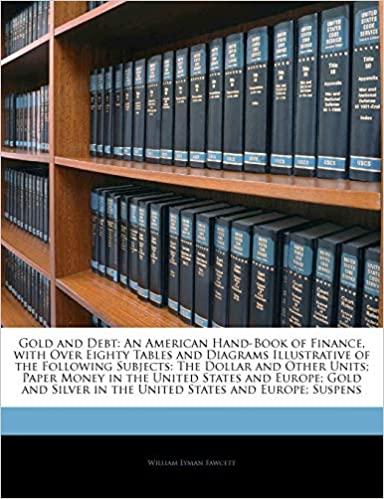Question
Rules of Implication - Pure Hypothetical Syllogism (HS) Natural deduction (also called the proof method) allows you to prove that a conclusion follows from a
Rules of Implication - Pure Hypothetical Syllogism (HS) Natural deduction (also called the proof method) allows you to prove that a conclusion follows from a set of assumptions (premises) by applying rules that tell you what conclusions follow from statements of certain forms. Each new line in a proof must follow from one or more lines above it according to one of the rules of natural deduction. Each added proof line consists of a new statement that follows from the lines above, the rule by which the new statement follows, and the line or lines to which the rule was applied. If you can show that the conclusion of an argument follows from the set of premises in a series of natural deduction steps, then you will have shown that the argument is valid. A correct proof is one in which each step is a correct application of a rule of inference, and the conclusion is the last line of the proof. The given numbered statements are the premises of the argument to be proved valid, and the line beginning with a single slash is the argument's conclusion. The conclusion is not part of the set of initial premises, and you should not use the conclusion line as justification for any new lines in the proof. The conclusion line identifies the goal of the proof or the statement you are trying to obtain on its own line as you work to complete the proof. The next rule you will learn to apply is the pure hypothetical syllogism (HS) rule. Pure hypothetical syllogism, which is often called "hypothetical syllogism" for short, is defined as follows: Pure hypothetical syllogism (HS):Premise: p implies qPremise: q implies rConclusion: p implies r Hypothetical syllogism is a rule of implication, which means that its conclusion can be inferred from its premises but may not be logically equivalent to those premises. All rules of implication can be applied only to the main operator of the statements matching the form of the rule. Hypothetical syllogism states that if you have one conditional p q on its own line, and if you have another conditional q r the antecedent of which is the consequent of the first conditional on another line, then you can conclude the conditional p r on a new line. You can think of hypothetical syllogism as linking two conditionals together in a chain. You can apply the hypothetical syllogism rule only if the two required conditional premises are on their own lines with the horseshoe as the main operator for each line. In other words, you cannot apply hypothetical syllogism to a part of a line. Remember that p, q, and r can stand for any statement, including compound statements with other operators (even other horseshoes) within. It does not matter which of the two conditional statement comes first in the lines of a proof. It only matters that you have two conditional lines that match the form of the two premises in the form for hypothetical syllogism, regardless of the order in which they appear. Consider the natural deduction proof given below. Using your knowledge of the natural deduction proof method and the options provided in the drop-down menus, fill in the blanks to identify the missing information (premises, inferences, or justifications) that completes the given application of the pure hypothetical syllogism (HS) rule. 1. (G J) (~L H) 2. 3. (G ~L) (K R) / (G ~L) ~(J H) 4. (G ~L) ~(J H) 2,3 HS
Step by Step Solution
There are 3 Steps involved in it
Step: 1

Get Instant Access to Expert-Tailored Solutions
See step-by-step solutions with expert insights and AI powered tools for academic success
Step: 2

Step: 3

Ace Your Homework with AI
Get the answers you need in no time with our AI-driven, step-by-step assistance
Get Started


